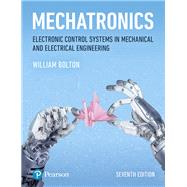The integration of electronic engineering, mechanical engineering, control and computer engineering – Mechatronics – lies at the heart of the innumerable gadgets, processes and technology without which modern life would seem impossible. From auto-focus cameras to car engine management systems, and from state-of-the-art robots to the humble washing machine, Mechatronics has a hand in them all.









